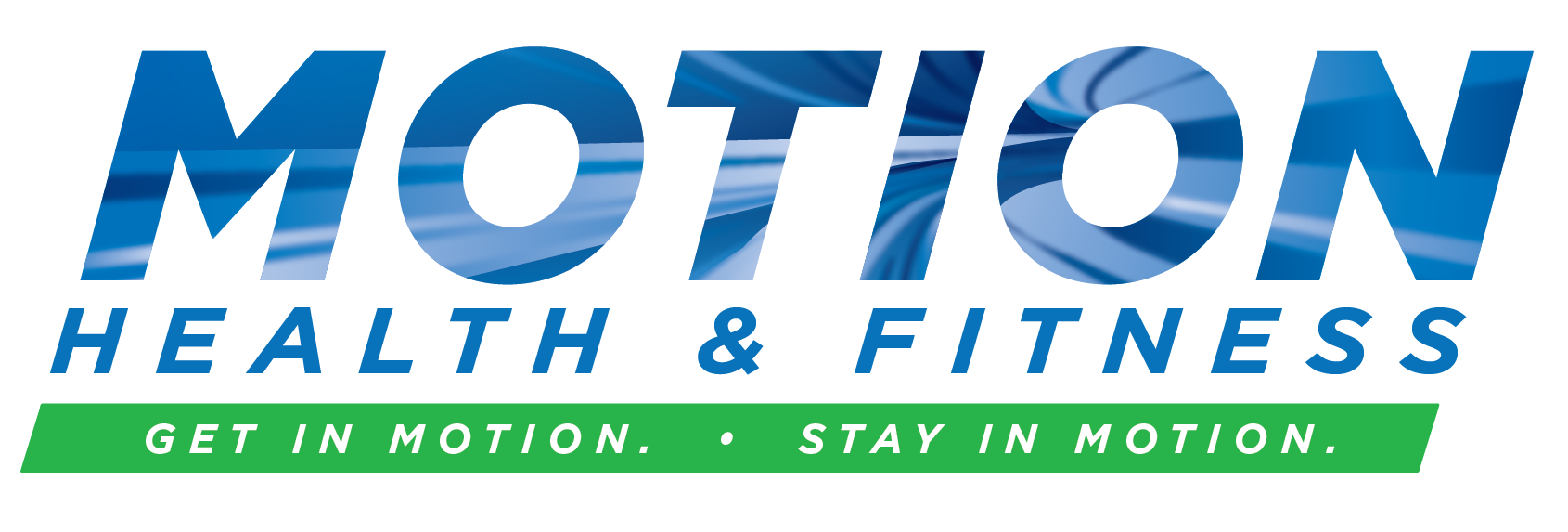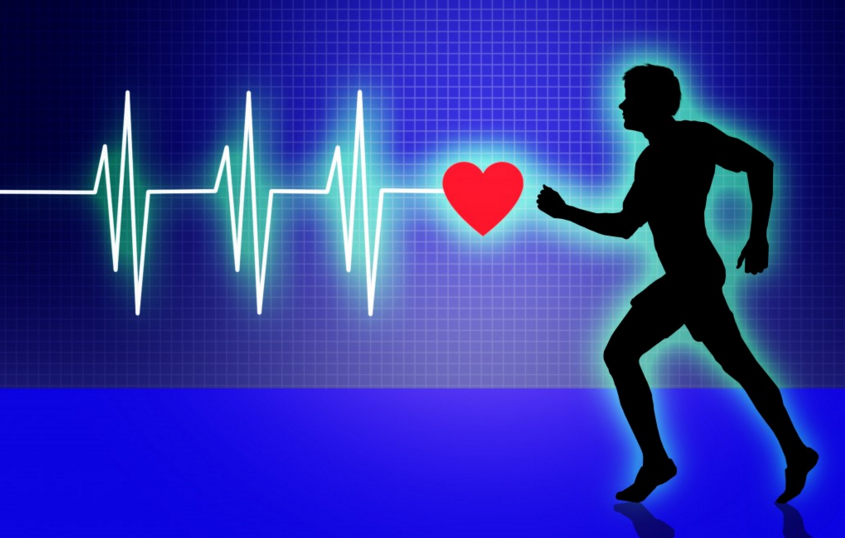People often ask me what a normal heart rate is. In adults, resting heart rate ranges from 60 to 100 beats per minute (BPM). Heart rate varies with age, the amount of physical activity a person engages (fitness level) and/or the presence of heart disease.
Generally, a lower heart rate at rest implies more efficient heart function and better cardiovascular fitness. For example, a well-trained athlete might have a resting heart rate closer to 40 BPM.
Regular exercise improves the heart’s ability to pump the same amount of blood with less effort, which naturally decreases the resting heart rate.
A sedentary adult may have a resting heart rate of 70 to 80 BPM, while an adult who performs regular physical activity might have a resting heart rate of 50 to 60 BPM.
The following table shows the normal resting heart rate for men:
| between 18 and 25 years | between 26 and 35 years | between 36 and 45 years | |
| Excellent | 49-55 bpm | 49-54 bpm | 54-59 bpm |
| Good | 57-61 bpm | 57-61 bpm | 60 to 62 bpm |
| Below average | 71 to 73 bpm | 72 to 74 bpm | 73-76 bpm |
The following table shows the normal resting heart rate for women:
| between 18 and 25 years | between 26 and 35 years | between 36 and 45 years | |
| Excellent | 54 to 60 bpm | 54-59 bpm | 54-59 bpm |
| Good | 61 to 56 bpm | 60 to 64 bpm | 62 to 64 bpm |
| Below average | 74 to 78 bpm | 75 to 76 bpm | 74 to 78 bpm |
Your maximum heart rate (MHR) is genetically fixed and declines over time, as you age. It does not change as you become more or less fit.
Maximum heart rate does not determine your fitness level; being able to sustain your MHR for longer and longer periods does.
Only a highly motivated and very fit individual is able to reach their maximum heart rate while exercising, and even they can only do it for for a couple of minutes at a time — tops. These individuals have the ability to tolerate great discomfort and even pain.
An untrained, unfit individual may find that basic tasks, such as walking, are highly taxing. These people are unfamiliar with the notion of exercising at, or near, maximum heart rate. As a result, they may find that exercising at even 75 percent of maximum is very strenuous and might confuse that with their maximum.
A fit person is able to tolerate longer periods of exercise at their maximum heart rate than an unfit person, and he/she also requires a higher intensity of exercise to achieve their MHR than an unfit person.
So, how do you calculate your maximum heart rate? The equation that has long been used is 220 – age = maximum heart rate (MHR). However, that formula has long been known to be inaccurate since it was derived from young athletes, who do not represent the general population. A revised formula for MHR is 208 – 0.7 (age).
For example:
- The MHR a 30-year-old is 208 – 0.7 x 30 = 187 beats per minute.
- The MHR for a 40-year-old is 208 – 0.7 x 40 = 180 beats per minute.
- The MHR for a 50-year-old is 208 – 0.7 x 50 = 173 beats per minute.
Determining your target training heart rate also varies according to age and fitness level. Most people will exercise at a target heart rate that ranges from 50 percent to 85 percent of their maximum heart rate.
For example, if you want to exercise at 80 percent of your maximum heart rate, multiply your maximum by .80. For a 40-year-old, the target heart rate would be 180 x .80, or 144 beats per minute.
The American Heart Association and the Centers for Disease Control and Prevention recommend the following target heart rate guidelines:
- Moderate exercise intensity: 50 to 70 percent of your maximum heart rate
- Vigorous exercise intensity: 70 to 85 percent of your maximum heart rate
The American College of Sports Medicine provides its own guidelines:
- Beginners — 50 to 65 percent of maximum heart rate
- Intermediate level exercisers — 60 to 75 percent of maximum heart rate
- Established aerobic exercisers — 70 to 85 percent of maximum heart rate
It should be noted that maximum heart rate is a predicted number and many people (more than 40 percent of patients, according to one cardiologist, who spoke to the NY Times) can get their heart rates to more than 100 percent of their predicted maximum. Some people’s maximum heart rate can be as much as 15 to 20 beats per minute higher than the predicted maximum.
Using a heart rate monitor (which has become quite prevalent) is a great way to gauge your heart rate while exercising.
If you don’t have a heart monitor, you can simply use Rated Perceived Exertion. The RPE scale, which ranges from 0 – 10, is used to measure the intensity of your exercise.
For example, 0 equates to no exertion at all, or how you feel when sitting in a chair; 10 is very, very intense, or how you feel at the end of an exercise stress test or after a very strenuous activity.
The Cleveland Clinic offers this explanation:
2 – Light
3 – Moderate
4 – Somewhat heavy
5 – Heavy
6 – Heavy
7 – Very heavy
In most cases, you should exercise at a level perceived as 3 (moderate) to 4 (somewhat heavy). If you’re doing interval training, an RPE of at least 7 would be appropriate.
No matter what you do or how you measure it…. Get in Motion. Stay in Motion.






